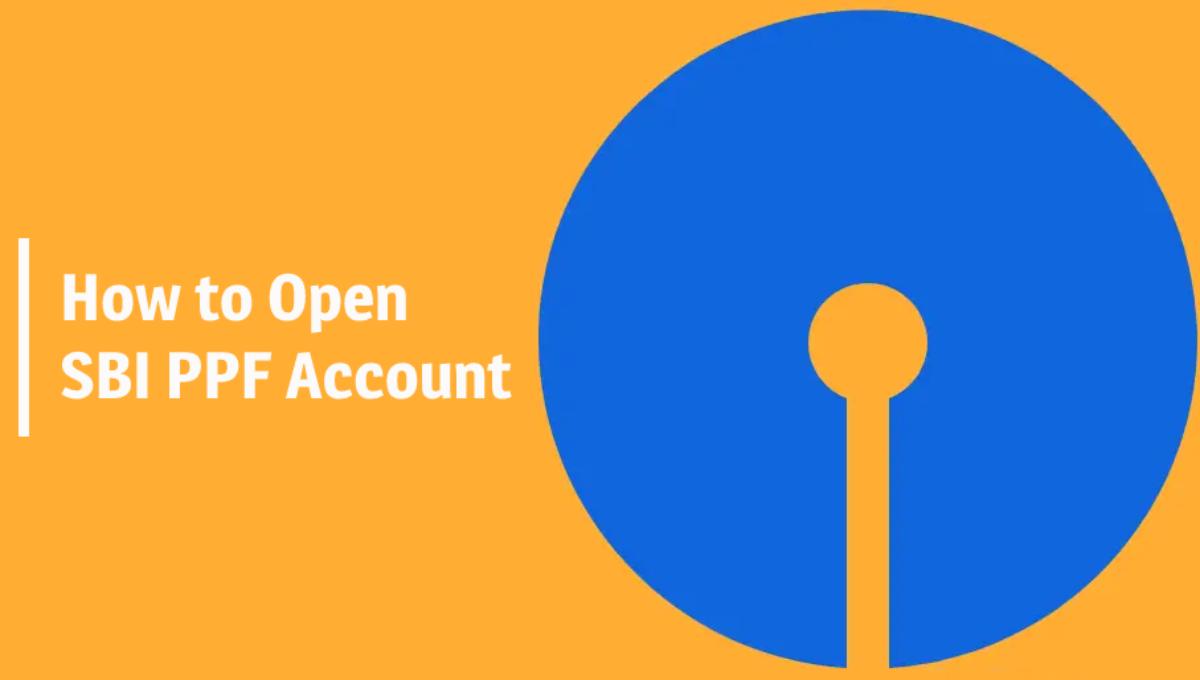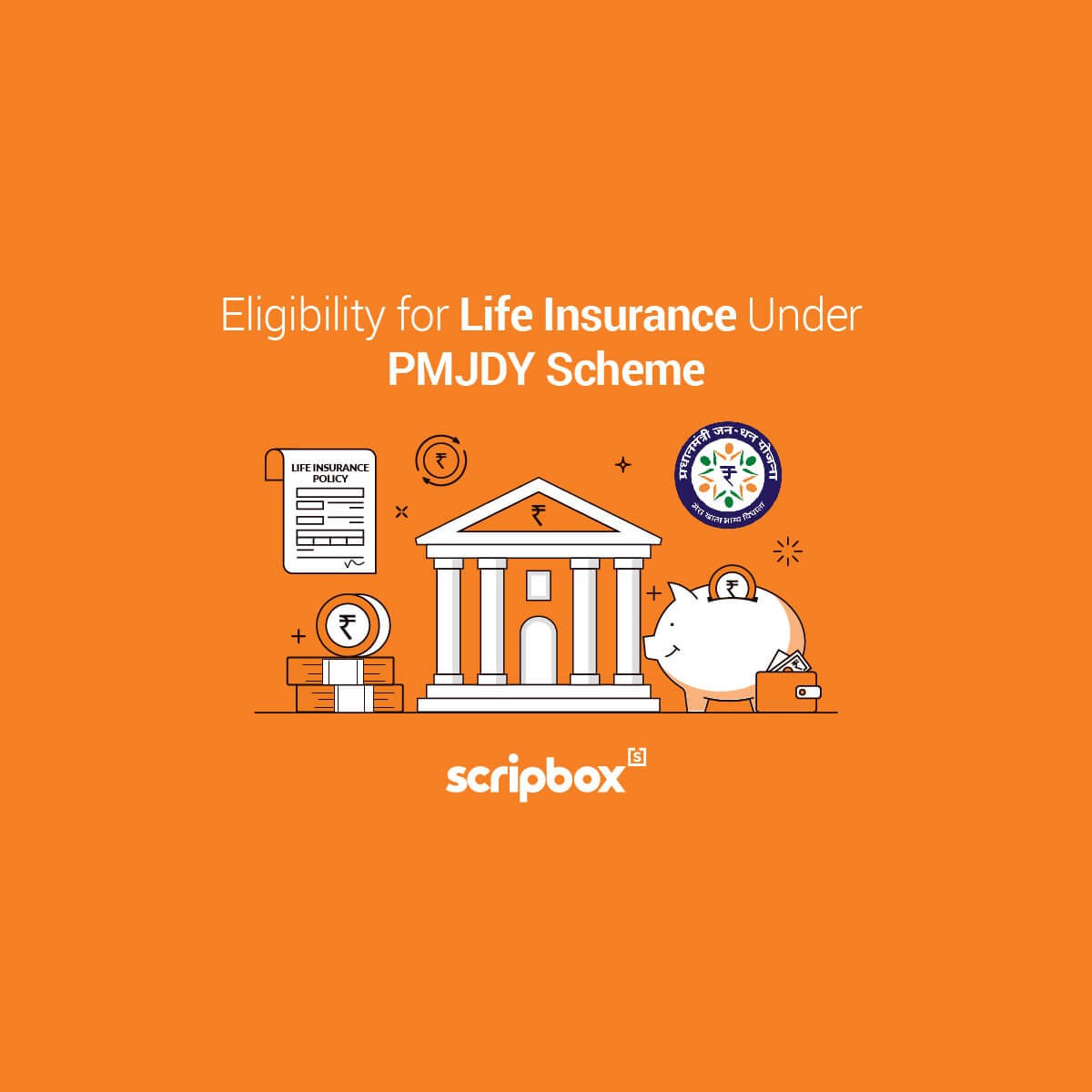What is the Stand Up India scheme?
The Stand Up India scheme is founded on a realisation of the difficulties faced by SC, ST, and women entrepreneurs in establishing businesses, acquiring loans, and other forms of assistance that may be required from time to time in order to thrive in business. As a result, the strategy aims to develop an ecosystem that supports and continues to provide a favourable business environment. The scheme applies to all Scheduled Commercial Bank branches. It provides assistance in three ways: directly at the branch, through the Stand Up India site (www.standupmitra.in), or through the Lead District Manager (LDM).
Objectives of Stand Up India Scheme
The Stand Up India scheme aims to make bank loans between ’10 lakh and 1 crore available to at least one Scheduled Caste (SC) or Scheduled Financial Institution (SFI). For setting up a greenfield firm, each bank branch must have at least one ST borrower and at least one women borrower. This company could be in the manufacturing, service, or trading industries. In non-individual firms, at least 51 percent of the shareholding and controlling stake should be held by a SC and ST or a Woman entrepreneur.
Focus Areas Under Implementation of Standup India
- Scheduled Commercial Bank (SCB) branches in the district are sanctioning and disbursing an increasing number of loans to women and SC/ST enterprises.
- Increasing and responding to potential borrowers’ queries via the Stand up Mitra portal.
- Connecting potential borrowers’ demands with the relevant handholding entities
- Following the approval of loans, hand-holding celebrations are held.
- Converging Standup India with existing Indian government or state government programmes
- Using new means to carry out the scheme
- Ensure transparency and accountability in the scheme’s execution
Eligibility for the Stand Up India Scheme
- SC/ST and/or female entrepreneurs over the age of 18.
- Only greenfield projects are eligible for the scheme’s loans. In this sense, green field refers to the beneficiary’s first effort into the manufacturing, services, or trading sectors.
- SC/ST and/or Women Entrepreneurs shall possess 51 percent of the shareholding and controlling position in non-individual firms.
- Borrower should not have any outstanding debts with any bank or financial institution.
Features of the Stand Up India Scheme
- Between Rs 10 lakh and Rs 100 lakh composite loan (including term loan and operating capital).
- SC/ST/Women entrepreneurs can get a loan to start a new business in the manufacturing, trading, or service industry.
- A loan that covers 75% of the project’s cost, including a term loan and working capital.
- The requirement that the loan cover 75 percent of the project cost does not apply if the borrower’s contribution, combined with any other schemes’ convergence support, exceeds 25 percent of the project cost.
- The interest rate would be the bank’s lowest applicable rate for that category (rating category), not to exceed (MCLR + 3% + tenor premium).
- The loan may also be secured by collateral or a guarantee from the Credit Guarantee Fund Scheme for Stand-Up India Loans (CGFSIL), as determined by the banks.
- The loan has a 7-year repayment schedule and a maximum moratorium period of 18 months.
- Working capital of up to Rs 10 lakh can be drawn using an overdraft. A Rupay debit card will be issued for the borrower’s convenience. Working capital limits in excess of Rs 10 lakh will be granted via Cash Credit.
- The Scheme envisions a 25% margin money component that can be offered in conjunction with suitable Central/State schemes. While such schemes can be used to get eligible subsidies or meet margin money requirements, the borrower must contribute a minimum of 10% of the project cost as their own contribution in all situations.
Stand Up India Portal
The portal is the critical interaction layer for the borrower’s parameters/metrics, providing information and feedback to them. A prospective borrower will have the option of immediately enrolling on the portal or visiting it and registering later. This portal can be accessed at home, in Common Service Centres (CSCs), at a bank branch (through the branch’s MUDRA nodal officer), or via the LDM. When internet access is limited in a branch, the branch will direct the possible borrower to an internet access point.
The Stand Up India scheme portal’s approach to handholding is centered on obtaining responses to a series of pertinent questions at the outset. Typically, these would be:
- Location of the borrower
- Category – SC/ ST/ Woman
- Nature of business planned
- Assistance needed for preparing a project plan
- Requirement of skills/training (technical and financial)
- Availability of place to operate the business
- Details of present bank account
- Amount of own investment into the project
- Whether help is needed to raise margin money
- Any previous experience in business
On the basis of the responses, the portal provides a relevant feedback and helps categorise the visitor to the portal as a Ready Borrower or a Trainee Borrower
Who is a Ready Borrower?
If the borrower does not require any assistance, registering as a Ready Borrower on the portal initiates the loan application procedure at the chosen bank. At this point, an application number will be generated, and information on the borrower will be exchanged with the relevant NABARD/SIDBI linked office, the LDM (posted in each district), and the bank concerned. SIDBI and NABARD offices would be identified as Stand Up Connect Centres (SUCC). The loan application will be created and tracked at this time.
Who is a Trainee Borrower?
A prospective borrower who does not need any assistance or hand holding is a trainee borrower. He or she must register as a Trainee Borrower on the portal. This will ensure that they connect the borrower to the LDM of the concerned district and the relevant SIDBI/ NABARD office in circumstances where the borrower expresses a need for assistance. This electronic process might be carried out by the borrower at his or her home, at a CSC, or through a bank branch by the officer in charge of MUDRA.
Hand-Holding
Any new entrepreneur requires assistance in starting up his or her business, from training to filling out loan applications according to bank criteria.
This portal makes it easier to connect to numerous entities with specific expertise, such as Skilling Centres, Mentorship Support, Entrepreneurship Development Program Centers, and District Industries Centres, by offering addresses and phone numbers.
Support For Trainee Borrower
As Stand Up India Connect Centres, SIDBI (80 offices) and NABARD (419 offices) would provide assistance to trainee borrowers in the following manner.
- Financial training – at the Financial Literacy Centres (FLCs)
- Skilling – at skilling centres ( Vocational Training Centres – VTPs/Other Centres -OCs)
- For EDPs – at MSME DIs/ District Industries Centres (DICs)/ Rural Self Employment Training Institutes (RSETIs)
- For work shed – DICs
- Margin money – offices related to margin money support schemes e.g. State SC Finance Corporation, Women Development Corporation, State Khadi & Village Industries Board (KVIB), MSME-DIs etc.
- For mentoring support from established entrepreneurs, agencies such DICCI, Women Entrepreneur, Associations, Trade bodies. Credible, well established NGOs must provide assistance.
- Utility connections – Offices of utility providers
- DPRs – Project profiles available with SIDBI/ NABARD/ DICs
The LDM will stay updated on the process and collaborate with local SIDBI and NABARD offices to solve problems and eliminate bottlenecks. The LDM will alert the concerned bank branch on potential cases that are expected to arise based on the progress made in each case and their prima facie viability. SIDBI/ NABARD will meet with pertinent bank authorities for further follow-up once this is completed. These groups will also collaborate with other stakeholders like the Dalit Indian Chambers of Commerce and Industry (DICCI), Women Entrepreneur Associations, and so on.
Once the LDM and the trainee borrower are satisfied that the handholding requirements have been met, a loan application will be generated through the portal.
Loan Under Stand Up India Scheme
Composite Loan
The loan will be a Composite Loan, meaning it will be used to cover the costs of assets such as plant and machinery as well as working capital. It is expected to pay 75% of the project costs, with the interest rate set at the bank’s lowest applicable rate for that category (rating), not to exceed (MCLR + 3% + tenor premium). It will be repayable in up to 7 years with an 18-month grace period. To operate the working capital component, a Rupay card will be issued. (The requirement that the loan cover 75 percent of the project cost does not apply if the borrower’s contribution, along with any other scheme’s convergence support, surpasses 25 percent of the project cost.)
No-Collateral Loan
The Stand Up India Scheme provides candidates with no-collateral loans. The Credit Guarantee Initiative Stand Up India (CGSSI) scheme was recently notified and will be administered by the National Credit Guarantee Trustee Company (NCGTC).
Margin Money Under Stand Up India Scheme
The Stand Up India Scheme envisions a 25% margin money component that can be offered in conjunction with suitable Central/State schemes. While such schemes can be used to get eligible subsidies or meet margin money requirements, the borrower must contribute a minimum of 10% of the project cost as their own contribution in all situations. If a State program provides a borrower with a subsidy of 20% of the project cost, the borrower will be expected to contribute at least 10% of the project cost.
Any subsidy that a unit receives that was not anticipated during loan appraisal would be added to the loan account. If a subsidy was included in the appraisal but not received until after commissioning, it may be released to the borrower to pay off any loan obtained to arrange margin money. On the portal, a list of subsidy/incentive schemes by the federal and state governments will be available. As new schemes become available, they will be added.
Assistance After Loan Disbursement
Events will be held at the district level as needed and at least once per quarter, bringing together stakeholders to exchange best practices, conduct reviews, solve problems, and mentor potential entrepreneurs. These events will also make it easier to register for bill discounting services, e-marketplaces, and taxation, among other things. These events will be organized by NABARD with the help of SIDBI.
Grievance Resolution
A provision has been established on the site for the borrower’s grievances to be addressed. The portal lists the officers/agencies in each bank that are responsible for grievance resolution. A system for submitting complaints online and tracking them through the portal will be devised. The bank in question is required to provide the consumer with feedback on the resolution of the complaint. Banks may impose conditions such as stock statements, asset insurance, and reasonable processing fees.
Responsibilities of Stakeholders Under Stand Up India Scheme
SIDBI
- The web portal Stand Up India must be operated and maintained.
- Make arrangements for Trainee Borrowers to receive hand-holding assistance.
- Liaise with banks to ensure that possible cases are followed up on via LDM/SLBC.
- Collaborate with LDM to alleviate bottlenecks.
- Assist the SLBC and the DLCC in reviewing and monitoring their work.
- Participate in NABARD-sponsored Stand Up events.
NABARD
- Stand Up India requires the training of trainers, LDMs, and bank officers.
- Make arrangements for trainee borrowers to receive hand-holding assistance.
- Liaise with banks to ensure that possible cases are followed up on through the LDM.
- Work with LDM to alleviate bottlenecks.
- Assist the SLBC and the DLCC in reviewing and monitoring their work.
- Organize events as often as necessary, but at least once every quarter, for stakeholders to share their experiences and learn from one another.
LDMs Lead District Manager
- Monitor progress of cases
- Assist SIDBI/NABARD with bottlenecks by acting as a contact point.
- Bankers should be aware of possible borrowers.
- Follow up with the respective bank’s concerned regional/zonal office to verify that loans are processed and sanctioned within the time frames stated in the Code of Bank’s Commitment to Micro and Small Enterprises.
- Ensure that the borrower’s need for handholding assistance is met to the greatest extent practicable.
- Organize DLCC meetings at the necessary intervals.
- Participate in NABARD-organized quarterly events with stakeholders.
DLCC District Level Consultative Committee
The District Level Consultative Committee (DLCC), chaired by the Collector and convened by the LDM, will meet at least once a quarter to assess cases of both types of borrowers. Officers from SIDBI and NABARD will attend the review meetings.
- The Collector will examine the development of the DLCC on a regular basis.
- Redress of grievances at the district level
- Assist potential borrowers in resolving concerns with public utility services and work space, if any exist.
Bank Branches
- Assist prospective borrowers in gaining access to the platform.
- Process loan applications that have been submitted through the internet or in person.
- Process loans within the timeframes outlined in the Bank’s Commitment to SME Borrowers Code of Conduct.
- Application for loan upto Rs.5 lakh within 2 weeks, between `5 – 25 lakh in 3 weeks, above `25 lakh in 6 weeks, from the date of receipt of application provided the application is complete in all respects and is accompanied by documents required
- In the event of rejection, the cause must be communicated to the borrower in accordance with the Bank’s Commitment to Customers Code.
- According to the Code of Bank’s Commitment to Customers, resolving customer complaints at the bank level should take no more than 15 days.
- Banks to put in place an internal mechanism for monitoring of scheme performance.
Borrowers
- Answer a few questions on the internet or in person at a bank branch.
- If you’ve been classified as a Trainee Borrower, follow the handholding support routine as needed.
- Assemble/provide the necessary papers as directed by the bank branch.
- Attend quarterly events focused on sharing experiences, best practices, and problem resolution, for example.
- Set up and operate the unit with care.
- Repay your debts on schedule.
Documents Required For Ready and Trainee Borrowers Under Stand Up India Scheme
- Voter’s ID Card / Passport / Driving License / PAN Card / Signature identification from proprietor’s current bankers, director’s partner ( if a company)
- Proof of address: Recent phone bills, electricity bills, property tax receipts/Passport/ID Voter’s Card of Proprietor, Director’s partner (if a company)
- Business Address Proof
- The applicant must not be in default with any bank or financial institution. The company / partnership’s memorandum and articles of association Deeds of partnership, and so on.
- Promoters’ and guarantors’ assets and liabilities statements, as well as their most recent income tax reports.
- If you’re renting a business location, you’ll need a lease agreement and, if necessary, a permit from the local pollution control board.
- If eligible, SSI / MSME registration.
- In the event of working capital constraints, projected balance sheets for the next two years, and throughout the life of the loan in the case of a term loan
- All of the properties being offered as primary and collateral securities include photocopies of their lease documents/title deeds.
- Documents proving the applicant’s status as a member of the SC/ST category, if applicable.
- Certificate of incorporation from the ROC to determine whether a person belonging to the SC/ST/Woman category owns the majority stake in the company.
- For borrowings or loan with loan amount above Rs 25 lakhs
- Profile of the unit (includes names of promoters, other company directors, the activity being carried out, addresses of all offices and factories, shareholding structure, and so on.)
- The balance sheets of the Associate / Group Companies for the previous three years (if any).
- Project report (for the proposed project if term funding is required) containing details of the machinery to be acquired, from whom to be acquired, price, names of suppliers, financial details such as machine capacity, capacity of utilization assumed, production, sales, projected profit and loss, and balance sheets for the tenor of the loan, labor, staff to be hired, basis of assumption of such financial details, and so on.
- Details about raw materials used and their suppliers, details about buyers, details about major competitors, and the company’s strengths and weaknesses in comparison to their competitors, etc.
- Manufacturing process if applicable, major profile of executives in the company, any tie-ups, details about raw materials used and their suppliers, details about buyers, details about major competitors, and the company’s strengths and weaknesses in comparison to their competitors, etc.
Frequently Asked Questions
The Stand-Up India Scheme provides loans to SC/ST and/or women entrepreneurs who are starting a new business. Typical projects covered by the scheme are those in the manufacturing, commerce, and service sectors.
A composite loan (which includes a term loan and working capital) of up to Rs 100 lakh, representing up to 75% of the project cost, would be eligible.
A composite loan between 10 lakh and 100 lakh (including term loan and working capital) would be eligible.
The interest rate would be the bank’s lowest applicable rate for that category (rating category), not to exceed (MCLR + 3% + tenor premium).
Branches of Scheduled Commercial Banks throughout the Country.
The loan may be backed by collateral security or the Credit Guarantee Scheme for Stand-Up India Loans (CGSSI), as determined by the banks, in addition to mortgage/hypothecation of Primary Asset bought with the loan.
The payback length of the composite loan will be determined by the nature of the activity and the usable life of the assets purchased with a bank loan, but it will not exceed 7 years with an 18-month moratorium period.
The SMILE Scheme is only available through SIDBI for current and new units to invest in initiatives coming up in 25 specified areas under the Make in India program. The assistance is in the form of quasi-equity and a term loan with reasonably favorable conditions, with a minimum term loan size of Rs. 25 lakh for new units. The Stand-Up India scheme is expected to be implemented across the country through 1.25 lakh bank branches. Loans of more than ten lakh rupees and up to one hundred lakh rupees would be available to SC/ST/Women entrepreneurs launching greenfield projects.
The Stand-Up India Scheme intends to assist SC/ST/Women entrepreneurs in setting up greenfield projects in India through bank branches, whereas the Start-Up India Scheme aims to stimulate creative and technology-led companies for new and current businesses.
Beneficiaries could include walk-in bank customers, online applications, or trainees from various government and non-government organizations that provide vocation training, Entrepreneurship Development Programs, and financial training, among other things.
The Stand-Up India Scheme is a unique program for female entrepreneurs. As a result, Housewives can use the scheme’s services to meet their needs as long as the total loan amount is between Rs 10 lakh and Rs 100 lakh. For further information, they can contact a bank branch near you or go to the Stand-Up India website. Under the Stand-Up India Scheme, composite loans between Rs 10 lakh and Rs 100 lakh for the establishment of a greenfield project are eligible for coverage, subject to the bank’s compliance with the scheme’s other requirements. For further information, please contact your local bank office or visit the Stand-Up India website.
You can use the site or contact the local connect center for assistance in determining the type of handholding support required. Skilling (Vocational), Financial Literacy training, Entrepreneurship Development Program, Mentoring, Project Report Preparation, Loan Application Filling, Work sheds from DICs, and Margin Money for Subsidy Support are the seven areas of expertise where handholding support is provided.
If so, how much is it? Yes. You must pay the agency directly for the training program according to their cost structure.
No. There is no requirement to secure the loan solely through Credit Guarantee Cover. You might also choose to secure the loan with collateral security. Please talk to your banker about this.
Discover More
- Pradhan Mantri Jan Arogya Yojana (PMJAY)
- Pradhan Mantri Vaya Vandana Yojana (PMVVY)
- Pradhan Mantri Suraksha Bima Yojana
- Saksham Yuva Yojana
- Samarth Scheme
- PMMVY
- Pradhan Mantri Awas Yojana (PMAY)
- PM Kisan Samman Nidhi Yojana
- Pradhan Mantri Kaushal Vikas Yojana (PMKVY)
- Pradhan Mantri Jeevan Jyoti Bima Yojana
- Multiplier Grants Scheme
- Ujala Scheme
- Pradhan Mantri Jan Dhan Yojana (PMJDY)
- Atal Pension Yojana (APY)
- Pradhan Mantri Shram Yogi Mandhan
- DDU-GKY
- Startup India Scheme
- Antyodaya Anna Yojana (AAY)
- Pradhan Mantri Adarsh Gram Yojana
- Aspire Scheme
- Pradhan Mantri Ujjwala Yojana (PMUY)
- Credit Guarantee Scheme For Startups
- Startup India Seed Fund Scheme
- Pradhan Mantri Yuva Yojana (PMYY)
- Pradhan Mantri Kaushal Kendra (PMKK)
- Stand Up India Scheme
- ECLGS Scheme
- Unnat Bharat Abhiyan
- Digital India Scheme
- Sankalp Scheme
- Samagra Shiksha
- Skill India
- Deen Dayal Upadhyaya Antyodaya Yojana (DAY)
- Credit Guarantee Scheme for MSE (CGSMSE)
- What is the Stand Up India scheme?
- Objectives of Stand Up India Scheme
- Focus Areas Under Implementation of Standup India
- Eligibility for the Stand Up India Scheme
- Features of the Stand Up India Scheme
- Stand Up India Portal
- Who is a Ready Borrower?
- Who is a Trainee Borrower?
- Support For Trainee Borrower
- Loan Under Stand Up India Scheme
- Responsibilities of Stakeholders Under Stand Up India Scheme
- Documents Required For Ready and Trainee Borrowers Under Stand Up India Scheme
- Frequently Asked Questions




























Show comments